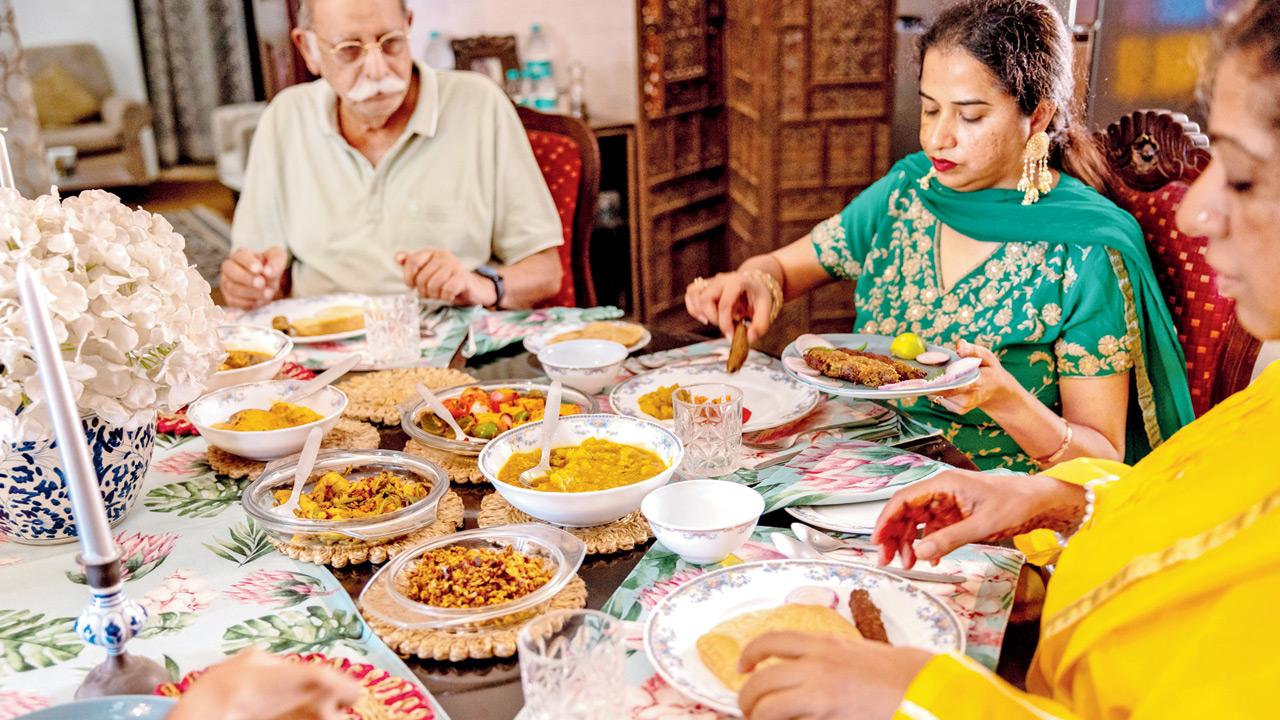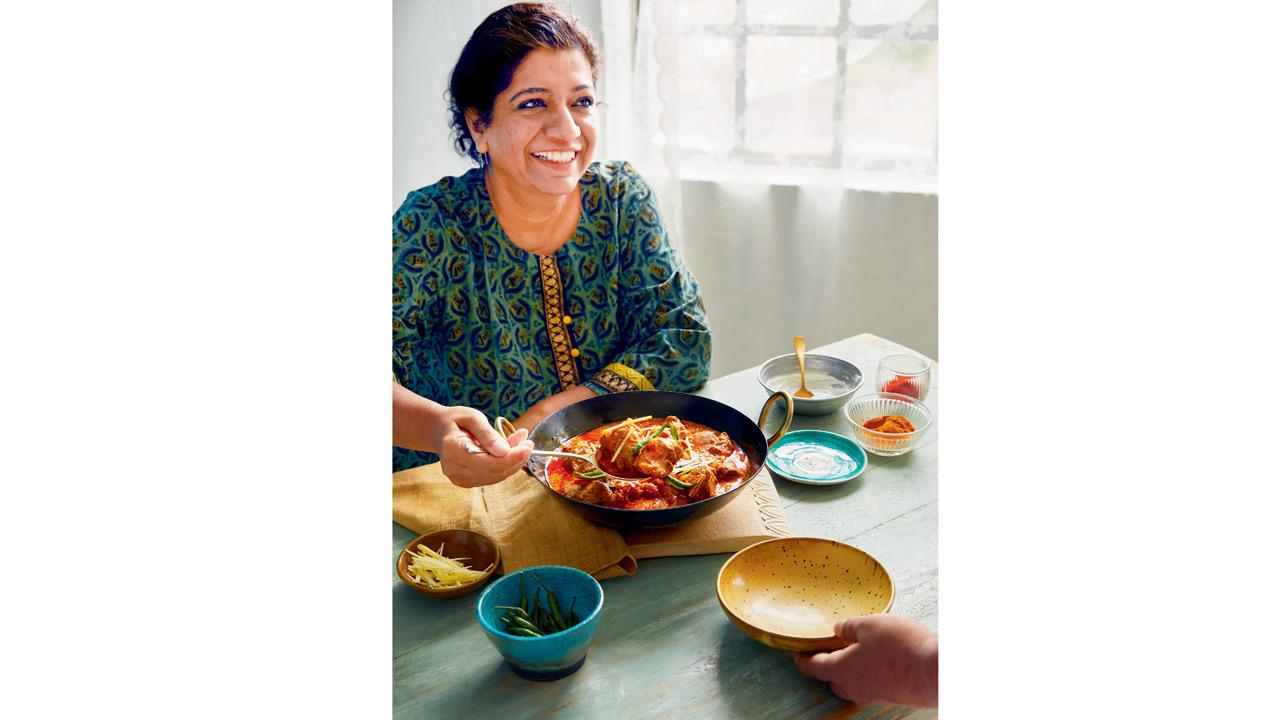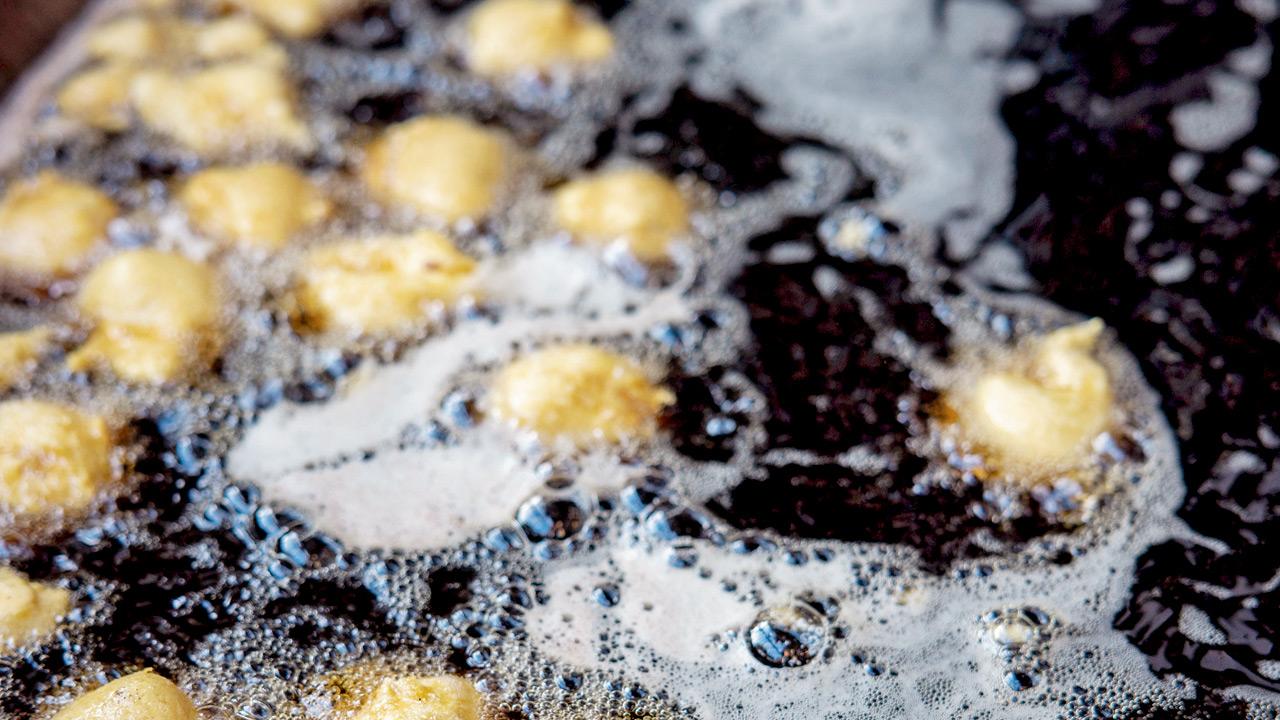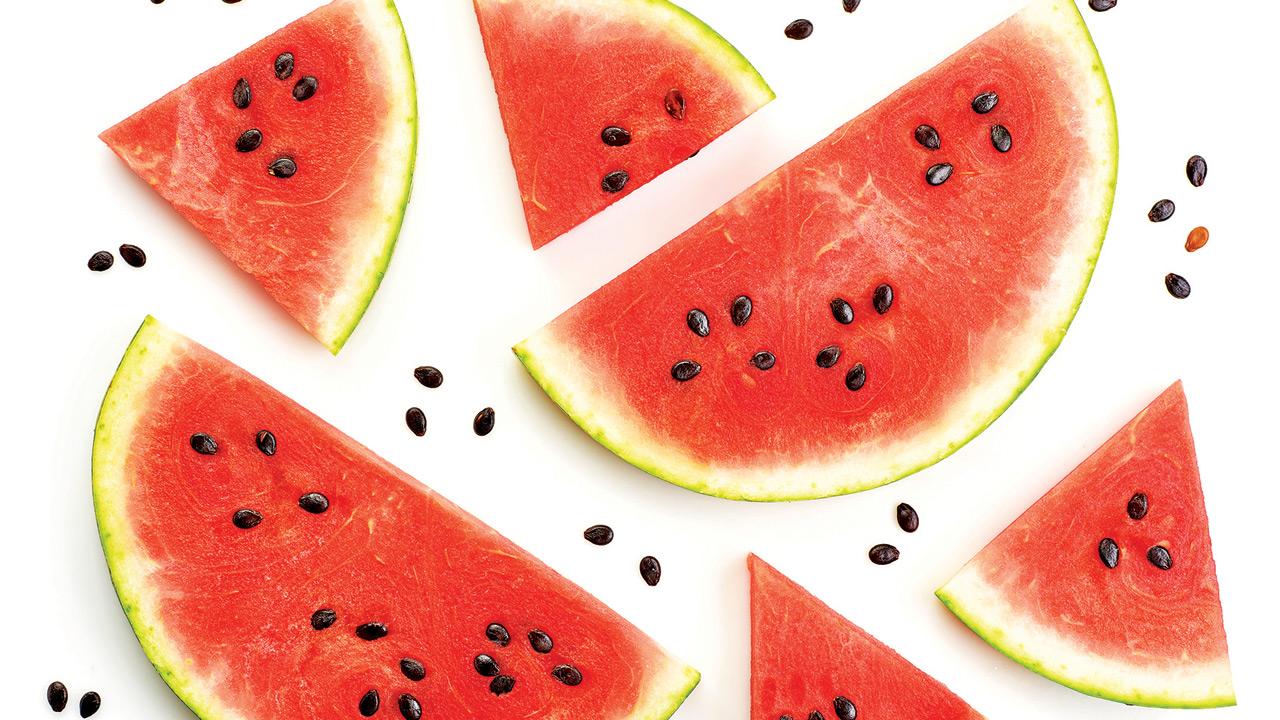In her latest cookbook Monsoon, this British-Indian chef blends memory, emotion, and instinct to celebrate self-nourishment, storytelling, and the quiet power of home cooking

In February 2025, King Charles III and Queen Camilla visited Darjeeling Express and joined the all-female kitchen team in preparing and packing chicken biryani and dates for charitable donations ahead of Ramzan. The royal couple took some biryani home too
London-based British Indian chef and restaurateur Asma Khan has always been a trailblazer—whether through her all-women kitchen at Darjeeling Express or her fearless advocacy for equity in the culinary world. She recently hosted King Charles and Queen Camilla at her restaurant, who participated in Ramzan preparations by packing dates and biryani for donation. The king even took a takeaway of Asma’s biryani, impressed by its fragrance.
With Monsoon, her latest cookbook, she turns that spirit inward, offering an intimate celebration of food as memory, healing, and quiet rebellion. “Women often light themselves on fire to keep others warm,” she reflects—a stark reminder of how femininity is often equated with sacrifice. Monsoon invites a shift in that narrative. It’s not just a collection of recipes—it’s a gentle but radical call to cook for yourself, nourishing and celebrating your worth.

Asma Khan, the celebrated chef behind London’s Darjeeling Express, has released her third cookbook, Monsoon. This collection offers a seasonal journey through Indian cuisine, blending vibrant recipes with intimate stories that reflect her rich culinary heritage
During a stay at an Ayurvedic retreat in Kerala at the height of the monsoon, surrounded by relentless rain and immersed in mindful eating, Asma Khan found herself profoundly moved by the connection between what she was putting into her body and how it made her feel. That quiet, contemplative experience sparked a series of short films she shared on Instagram last July, titled Home is Monsoons. Those films evolved into something more profound: a book rooted in the rhythm of the seasons and the wisdom of Ayurvedic taste. Asma began to explore how our bodies respond to flavours through the shifting elements of nature—using that lens to shape each recipe in Monsoon, blending nourishment with emotional memory.
Khan has often spoken about cooking from the heart and connecting recipes with stories. “For me, there is no division between the story and the method—one cannot exist without the other. Understanding the why behind a dish is key to getting the how right. History, emotion, and memory form the foundation of true home cooking. In Monsoon, I aim to help you cook with instinct, with andaaz—by feel, by impulse, by heart. That only comes when you understand the story a dish carries.”

Asma Khan. Photos by Patricia Niven and: Recipes ARE eXTracted from Monsoon by Asma Khan (DK RED)
Many of the recipes in Monsoon are quintessentially Bengali—dishes she grew up eating in Calcutta. Khan says, “I can’t separate what I do from the city I came from. The rhythm, the chaos, and the beauty of that surging urban sprawl are etched into my soul. Through this book, I’m sharing not just food but the spirit of Calcutta—the sounds, the smells, the sticky heat, the sudden rains—all wrapped into every dish. My mother, and her mother before her, never measured or timed—they cooked by feel. The real turning point came when I entered the kitchen and entered that flow state, where everything just clicked. That’s when I realised that this is what cooking is. It’s not about perfection; it’s about presence.
Khan believes much of the food from the subcontinent can be made with simple equipment and doesn’t need a huge kitchen. “I know spices can seem intimidating if you’ve never used them, but once you learn how to balance them, they become second nature,” she says. In Monsoon, she guides readers gently through these techniques so they can find joy and ease in the process.

Speaking of seasons, Khan tells us the dry season was the most challenging to interpret through recipes. “The relentless heat, the parched air, the limited produce—all of it makes cooking feel more difficult. Your appetite shrinks, and the body craves simplicity. It pushed me to think creatively, to find nourishment and comfort in sparseness. But it was also a reminder of resilience—how we adapt, how our food does, too.”
Of all the recipes in the book, the monsoon pakora is her favourite. “Nothing captures the season like it—hot, crispy pakoras served with sweet and spicy chutneys, and a steaming terracotta kulhar of chai. The sound of the rain outside, the sizzle of the pakoras hitting oil, the earthy scent of petrichor rising from both the kulhar and the quenched soil—this is the poetry of the monsoon.”
Food has always been a compass for Asma—guiding her through homesickness in Cambridge, helping her hold on to identity and belonging. Over time, it became her advocacy language, a way to honour the women whose stories were never told but who shaped generations from their kitchens. Through her work with the UN World Food Programme and Sodexo’s Stop Hunger Foundation, she has championed food as a tool for dignity and change. Monsoon carries that legacy forward—an ode to the mothers and grandmothers who were never thanked, a love letter to anyone who carries memory in their hands when they cook. In each dish, Asma reminds us that cooking for yourself can be transformative—and revolutionary.
Mango kulfi

Ingredients
850 gm canned evaporated milk
200g caster sugar
800 gm mangoes, peeled and freshly pulped (see note)
Juice of 1/2 lime
Method
In a heavy-based saucepan, heat the milk slowly over a medium heat. Bring to the boil, then reduce to a low, controlled simmer. Add the sugar to a tablespoon and stir gently to help it dissolve. Once the sugar has dissolved, remove from the heat and leave to cool. When the milk has cooled, mix with the mango pulp and lime juice. Pour the mixture into a traditional cone-shaped kulfi mould, a popsicle mould or ice-cube trays. Freeze for one hour until set.
Remove the kulfi from the freezer and break it up with a fork to smooth out any ice chips, then return it to the freezer for 4 hours. Before serving, remove the kulfi from the freezer a few minutes beforehand, so it softens a little. Note: Peel the mangoes and use your hands to squeeze the flesh, which will come out in chunks or a paste, depending on the ripeness of the mangoes. Squeeze the stone of the mangoes to get all the fruit and juice out. Use your hands to break the lumps, then blend or whisk to a smooth pulp.
Matira curry (Ripe watermelon curry)

Ingredients
4 tbsp vegetable oil
1/2 tsp cumin seeds
4 dried whole chillies (medium heat), broken in half
4 cm fresh root ginger, finely grated
1/2 tsp ground turmeric
150g watermelon, juiced; plus 600–750gms, cubed
1 1/2 tsp salt
2 tsp sugar (any type)
4 tbsp lime juice fresh mint, to garnish optional
Method
Warm the oil in a karai or wok over a medium heat. Add the cumin seeds, then the broken chillies, followed by the grated ginger and turmeric. Immediately add the watermelon juice and stir. Add the salt and sugar, then bring to a low rolling boil. When the juice has reduced by a third, add the watermelon cubes and cook for 4–5 minutes. Stir well, then taste and adjust the seasoning, adding lime juice for acidity.
If you like, you can serve the curry garnished with fresh mint (this would not have been available in summer in Rajasthan, but I like the combination of mint and watermelon).
A hot, sweet and fruity nod to desert ingenuity

If feta can go with watermelon in a salad, why not chillies? This Rajasthani matira curry is a brilliant example of desert ingenuity—turning the region’s most abundant summer fruit into a sweet-spicy dish. My great-grandmother used to say the hotter the desert wind, the sweeter the watermelon. This curry is a delicious nod to resilience and resourcefulness, perfect for a barbecue or meal.
 Subscribe today by clicking the link and stay updated with the latest news!" Click here!
Subscribe today by clicking the link and stay updated with the latest news!" Click here!








